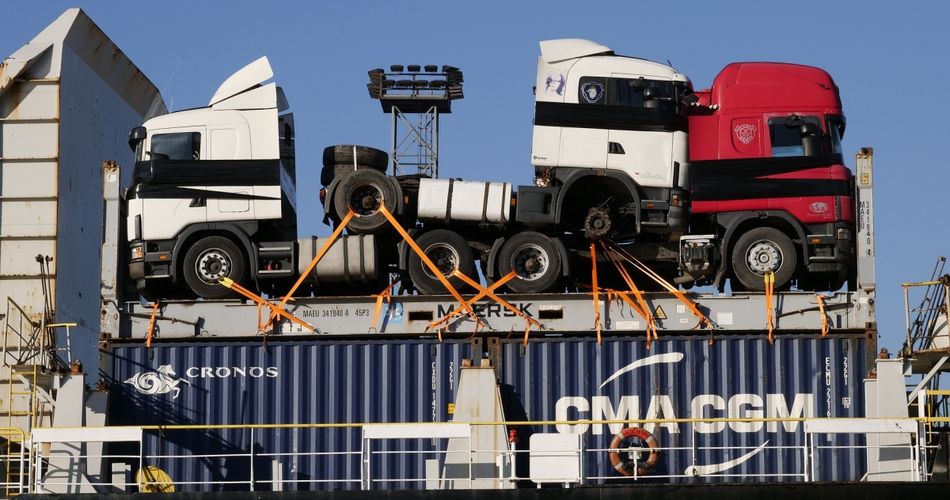Which container is best for oversized transportation?

The category of oversized cargo is represented by cargo for various purposes, the dimensions of which are larger than the indicators indicated in the standards. According to official sources, this category of goods includes items whose length is more than 20 m, width - 2.55 m, height - 4 m.This includes equipment used for construction and road works, metal structures and machines used in the agricultural sector. ... For their delivery, the involvement of specialized transport is required. There are a number of ways to carry out the transportation of the considered category of goods.
RO-RO method
This method becomes relevant when it comes to self-propelled loads, their loading or unloading is carried out through the use of physical efforts. Cargoes are placed on specially equipped parts of ships, which ensures their safety and integrity throughout the entire journey.
Mafi Trailer Method
The practical implementation of this method involves the use of a roll-trailer on which a large-sized object is located. After that, loading and unloading operations from the ship are carried out, according to the principle of the self-propelled method.
Advantages of container transportation
From the point of view of efficiency, the most preferable type for solving the problem associated with the transportation of the considered category of goods is the use of containers. In a normal or modified container, you can transport the cargo as a whole or disassembled.
Advantages of transportation in containers:
- Small financial costs and convenience, which is the result of bringing the dimensions of containers to the standard, this significantly simplifies the performance of loading and unloading operations, and there are no problems with the preparation of the relevant documentation;
- A wide variety of transportation variations - sea and land terminals in different parts of the world accept containers;
- Guarantee of safety and security of cargo - the standard equipment of containers is represented by a design that provides protection against the negative influence of environmental factors and mechanical damage.
Types of containers
- Standard containers 20´, 40´, 45´ (DC, DV, GP). These cargo modules are used for the transportation of oversized cargo everywhere. A number of modifications with increased height (HC) and with increased width (PW) can be distinguished. The Double Door model deserves special attention, we are talking about containers with doors on both sides;
- Open Top 20´, 40´. Soft roof (OT) tanks are the best option when it is possible to place oversized cargo only from the top or the height of the cargo exceeds the height of the tank. Alternatively, you can consider models with a removable roof made of metal (HT);
- Upgraded (UP). The standard equipment is presented in the form of a container made of metal, its distinctive feature is high strength indicators, which opens access to the implementation of heavy loads;
- Flat Rack (FT) and Platform (PF). This container is focused on the transportation of structures, the length and height of which exceeds standard indicators. In general terms, we are talking about the bottom of the cargo module of a standard size with end walls, if necessary, they can be folded, removed, folded back during loading and unloading operations. There are no side walls.
Transport in containers with Break Bulk
It is customary to understand a bulk carrier as a vessel intended for the transportation of dry unpackaged cargo; in practice, it is widely used for the transportation of oversized cargo. If the delivery process involves the attraction of container lines from the lines of 40'FT platforms, then a site is created, the cargo is placed on it and fixed in accordance with the requirements of the standards that are currently relevant at the given time.


